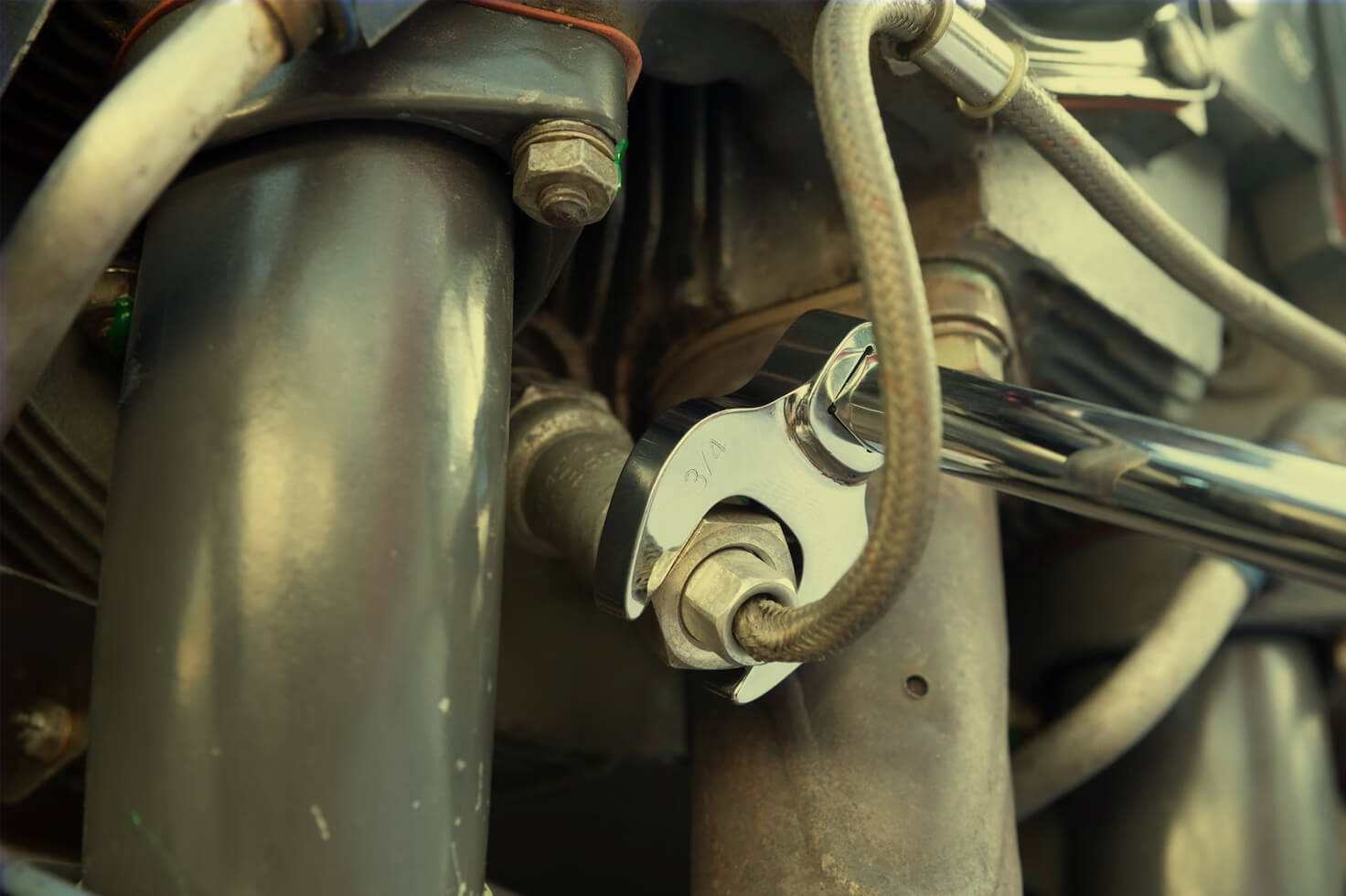Blog
High-Pressure Anti-Seize Thread Lubricant for Hydraulic Systems
Systems The sturdy nature of metal makes it an essential component in vehicles and machinery. However, when a piece of metal makes contact with another piece of metal, corrosion takes place.
The resulting wear and structural damage is costly to repair and potentially hazardous to the environment and workplace safety. Anti-seize thread lubricant is one way to protect corrosion-prone components from the corrosive process.
What Is Anti-Seize Thread Lubricant?
Anti-seize thread lubricant is used as a shield against metal deterioration at temperatures ranging from 400 to 2600 degrees Fahrenheit. These lubricating compounds include a high-temperature grease plus a solid content (typically aluminum, copper, or nickel) that plates the metal surface after the oil and grease in the solution is burned off. This solid content protects against damage from friction, corrosion, rust, and other harmful conditions.
Why Use Anti Seize for Hydraulics?
The movement inherent in hydraulic systems creates a level of friction that makes lubrication a necessity. Without it, the metal-on-metal contact would damage the equipment and create a hazardous condition in a very short time. More than any other type of machinery, the complex components involved in hydraulics require specific types of anti-seize thread lubricant.
Piston Pumps
The high force used in piston pumps make them the most important part of the hydraulic system to lubricate. The numerous components that move and slide include the following:
- Control and bias pistons for the swashplate angle
- Reciprocating pistons in the rotating block
- Bearings or bushings supporting the assembly
Hydraulic Spool Valves
Most hydraulic spool valves are not separated from the body ports with seals, which can create issues when they are not adequately lubricated. The use of specific anti-seize for hydraulic systems is essential because of the grooves in the spools which provide a resting surface for the fluid as it prevents friction.
Hydraulic Cylinders
Hydraulic actuators in the form of cylinders require a different use for lubricants. The seals (such as O-rings) create a tight fit that interferes with free motion and causes a high level of friction. Sufficient lubrication from anti-seize for hydraulics is a necessity to reduce the dangerous by-products of friction. O-ring seals are also known to wipe oil away, so that must be taken into account when lubricating these components.
Lip Seals
For high-velocity, low friction scenarios, lip seals are often used. These components require low pressure to force the lips toward the barrel, creating an effective seal. Thinner seals are often relied on for higher velocity requirements. However, these seals can function much like an O-ring, creating high levels of friction that require higher levels of lubrication to avoid dangerous wear and heat levels that could result.
Protect Your Hydraulics
The importance of anti-seize thread lubricant for hydraulic components cannot be overstated. To protect your equipment and the humans working with it, you should ensure that all metal-to-metal contact is sufficiently lubricated with a formula specifically geared toward hydraulics. Check out the wide selection of quality anti-seize compounds available in our store.
Sources:
- https://www.antiseize.com/PDFs/why_use_an_antiseize.pdf
- https://rogofastener.com/page/anti-seize-lubricant-uses-types-faq.html
- https://www.gorillapro.com/resources/blog/how-to-determine-which-anti-seize-compound-to-use/#:~:text=Anti%2Dseize%20compounds%20are%20applied,in%20lubricating%20to%20ease%20disassembly.
- https://www.rocol.com/knowledge-centre/rocol_expert/what-is-anti-seize
- https://newparts.com/articles/what-is-anti-seize-and-when-to-use-it/
- https://www.sealingandcontaminationtips.com/lubrication-issues-in-industrial-hydraulics/#:~:text=Without%20adequate%20lubrication%2C%20hydraulic%20components,heat%2C%20particle%20contamination%20and%20more.

